What if you had a moments notice that something bad was going to happen? Do you have emergency water storage?
Would you immediately fill your bathtub with water for emergency use? What if the bathtub was dirty?
Maybe you should tidy it up a bit first. Don’t be silly this is an emergency.
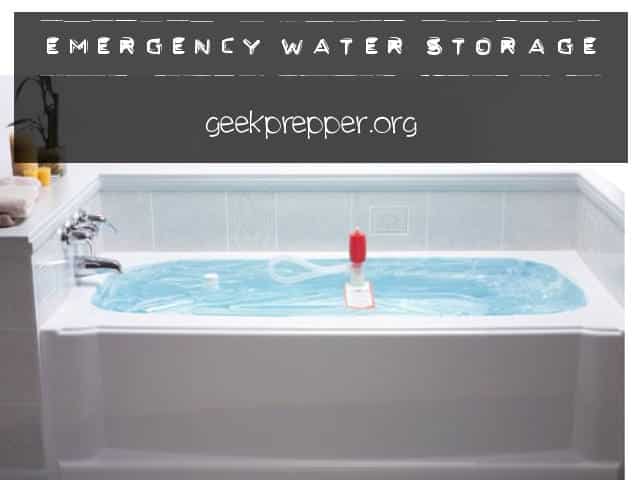
| Quick Navigation Rapid Emergency Water Storage Conventional Water Containment Strategies Budget Water Storage |
You could use that bathtub full of water for flushing toilets and washing things, but what about emergency water storage for drinking water?
Rapid Emergency Water Storage
We talk about Water and Emergency water storage a lot. You probably assume we are really thirsty. That’s not the case, we just really like our readers and want them to live. There are some essentials that you require to live, we like to refer to the “Law of Three”
The Law of Three states that:
- Survival is only possible for three minutes without air.
- Survival is only possible for three hours without warmth.
- Survival is only possible for only three days without replenishing water in your body.
- Survival is only possible for three weeks without food.
We assume if you are at home, you already have some air, if not stop reading now, and go outside and breathe! You probably have shelter, since you’re still home, so that’s covered, which leads us to water. If there’s a crisis, water should be really high on your list.
An earthquake, a hurricane tropical storm, water main breaks and storm surges can interrupt or even contaminate your water supply.
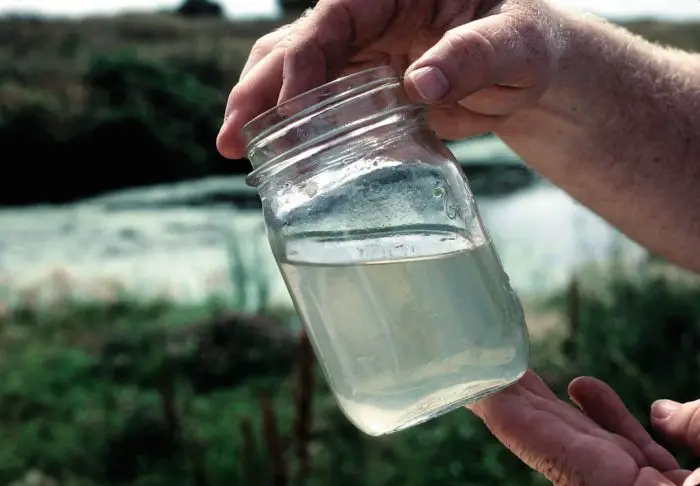
It is during these conditions that authorities recommend filling your bathtub with tap water. But that’s a problem because it leaves water exposed to any dirt and debris that might fall in, as well as soap residues on the tub itself.
Luckily someone thought about these problems and gave us a fairly inexpensive solution. These bathtub water bladders insulate water from those contaminants with heavy-duty, food-grade plastic that meets FDA safety standards. You have a house full of water, so in an emergency fill that tub!
There are many products that fill this niche: The WaterBOB and the AquaPod. I’ve provided links to them on Amazon.com so you can read the reviews and choose the product that best suits your needs and your environment!
These bathtub water containment systems can hold up to 65 – 100 gallons of fresh drinking water in any standard bathtub.
They are purpose-built devices, designed for emergency water storage, to keep water fresh and clean for drinking, cooking, washing and flushing. They are all constructed of heavy duty food grade plastic.
These products are very easy to use. Simply lay the liner in any standard bathtub, attach the fill sock to the faucet and fill the bladder to capacity, which takes approximately 20 minutes.
AquaPod
|  |
A siphon pump is included to easily dispense the water into jugs or pitchers. Never wait in line again to buy expensive bottled water, if it’s even available.
To break it down, in an emergency, I can either cook a frozen pizza for 20 minutes or have 100 gallons of fresh water for my family and me. Not a tough choice…unless you’re really hungry.
I have one here at home, I have one at my In-Laws and at my parents home in another state. 100 Gallons of fresh water in an emergency, heck yes!
Conventional Water Containment Strategies
Milk jugs always seem convenient, but don’t use them to store water. They aren’t designed to last and will eventually start to leak making everything around them wet.
Choose the thicker, more durable plastic bottles or jugs, that juices are packaged in. Mylar bags are nice options for storing water. They can keep for up to two years and do not need to be rotated.
There are plenty of containers available to store your water in, but it is extremely important you only use food grade containers. Never, ever use containers that have held anything but food in them. To do otherwise may expose you to some pretty toxic stuff!
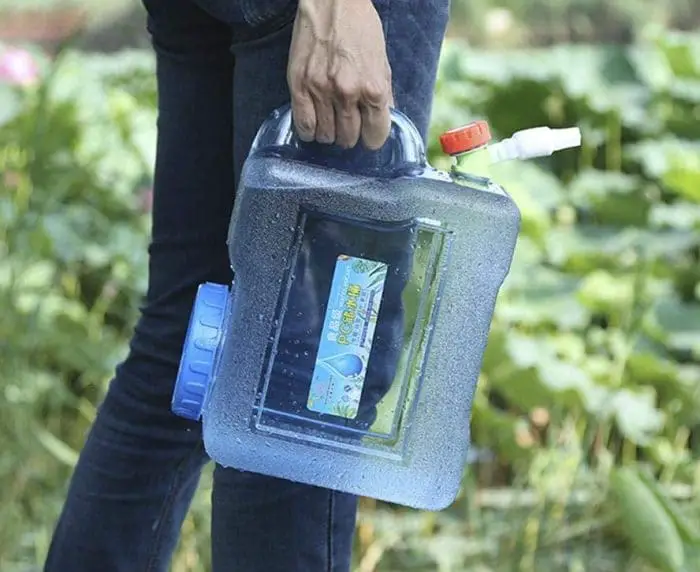
Water should be stored away from direct light. Light can cause a breakdown of the water, leave it tasting funny or “off”. When this happens, freshen up the stale tasting water by pouring it back and forth between two containers to aerate it.
Water stores need to be rotated. A good rule of thumb is to rotate your water supply every year.
It would be wise to learn how to obtain water, just in case there are ever issues with the public water supply. One water containment strategies that you should leverage is the ability to harvest rain water, in case the public supply is out of service for an extended period of time.
Rain Barrels
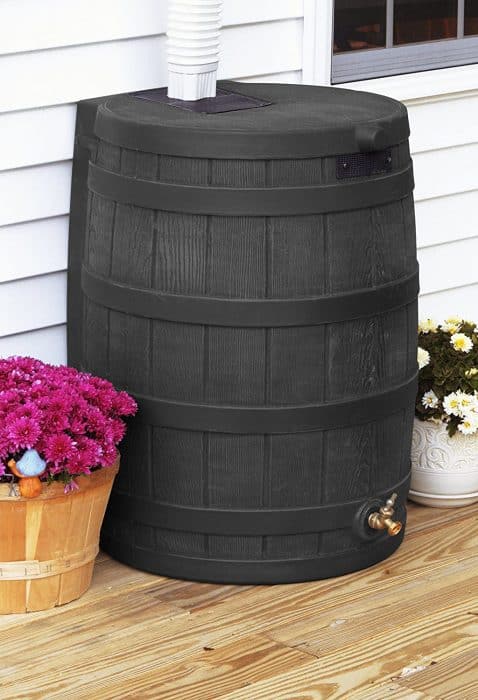
One of the most common water storing methods are rain barrels. A typical barrel will hold about 50 gallons of water.
You can use a downspout diverter to route water to your barrels on when needed, or use your hacksaw and some ingenuity and have them permanently run straight into your rain barrels.
Buckets
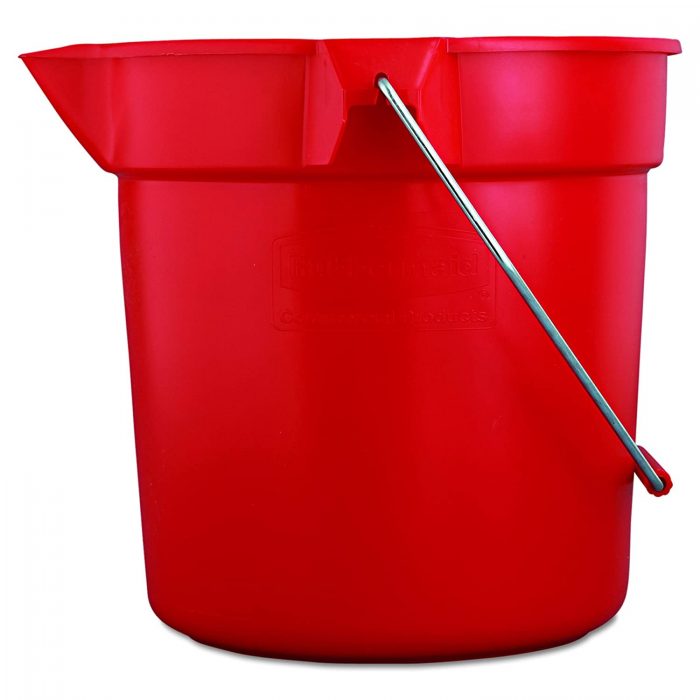
Use buckets, pots, pans, jars and other containers under your downspouts or rig up tarps or ponchos to funnel water into these containers.
Make sure these containers won’t contaminate your water, especially if they are made of non-food safe plastics or materials.
Kiddie Pools
Grab the pool and drag it under your downspouts or rig up tarps, ponchos, plastic sheeting or trashbags to funnel water into the pool.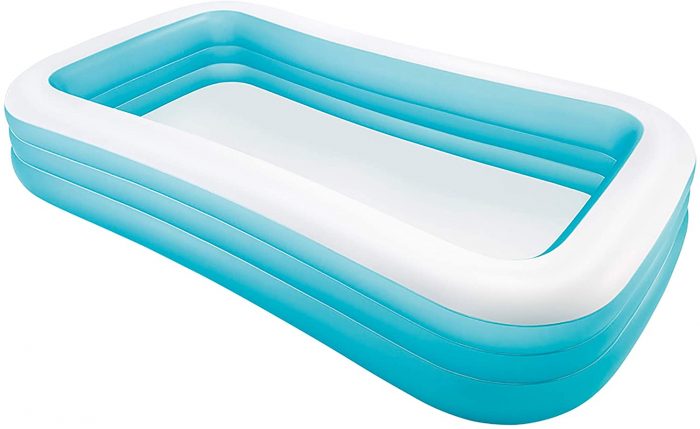
Holes
Dig a hole, line it with plastic (use heavy-duty garbage bags, or a tarp) and let it to fill up with rain water.
Keep in mind that if you dig your hole directly under a downspout you may flood your basement or damage your foundation. You’ll want to use some landscape drainage pipe to route the water to your hole, away from your house.
Keep a Garden Pond
If you have space, and your yard allows for it, a decorative pond would be a nice permanent solution. This is a great way to store water and maybe even some fish. T
Creative containers
In a true emergency don’t overlook empty trash cans, plastic storage totes, canoes or kayaks to gather rain water. Flip them so the opening is facing the sky and let them work for you!
Start planning your emergency water containment storage today so that you are ready for emergencies, when water may be limited or unavailable.
Budget Water Storage
Most of us drink beverages that comes in plastic bottles or jugs. Recycle those containers to give you a jump on water storage until you get upgrade.
- Jugs from Food Products, like White Vinegar. Do not use milk jugs, they will leak, trust me!
- Juice bottles (or jugs)
- 16oz, 20oz, 1 and 2 liter Soda bottles
Once these containers are empty, give them a good washing with dish soap and water.
Once the containers have been thoroughly cleaned, fill them with good old (and nearly free) tap water, then store them someplace, out of the way, on a shelf or under the bed.
Tap water is typically treated with chlorine to kill bacteria; this will make the water safe for about six months of storage.
If your tap water isn’t chlorinated, add two drops of chlorine bleach (non-scented) per gallon of water to sanitize it. This will prevent bacteria from growing in your water.
You can put up gallons of water, with minimal effort and with almost no additional cost. This should show you that you too can put aside some water, for a rainy day, using economic water storage ideas, just like these.
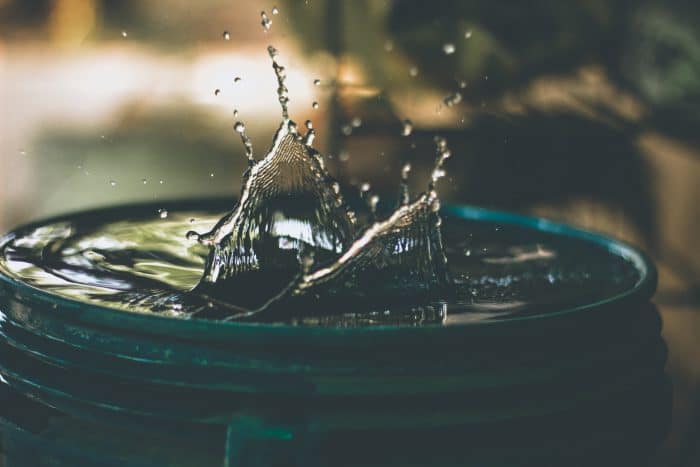

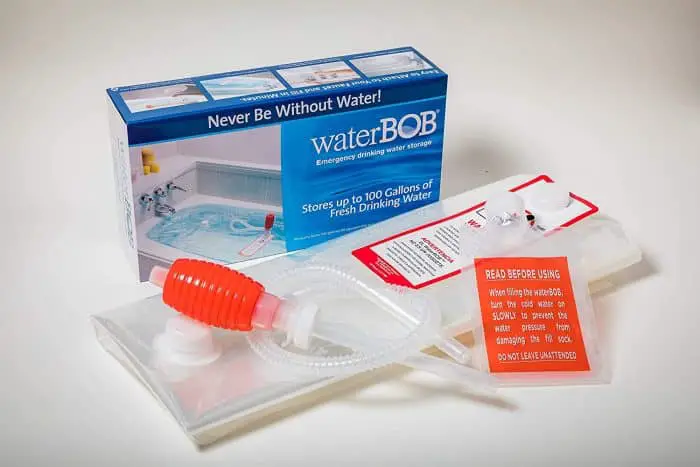
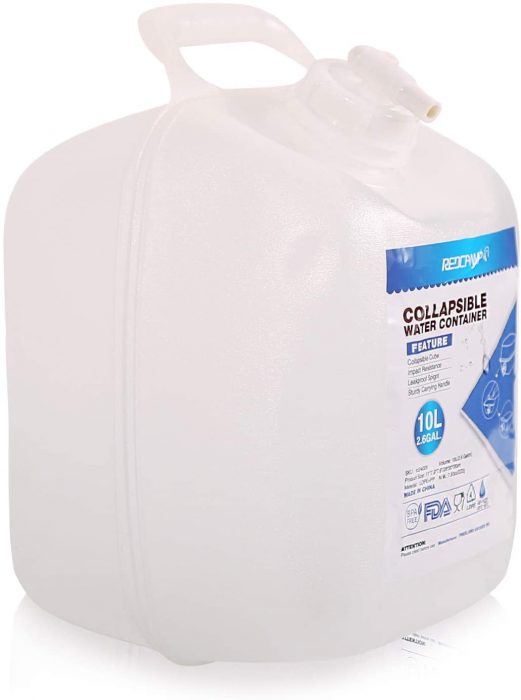
all these storage options are great, but the truth is we have a lot of sources of non drinkable water that could be used to replenish our stored water supply. How can we look forward to water purified with harsh chemicals and bleach? I feel that the world is getting more chaotic all the time.